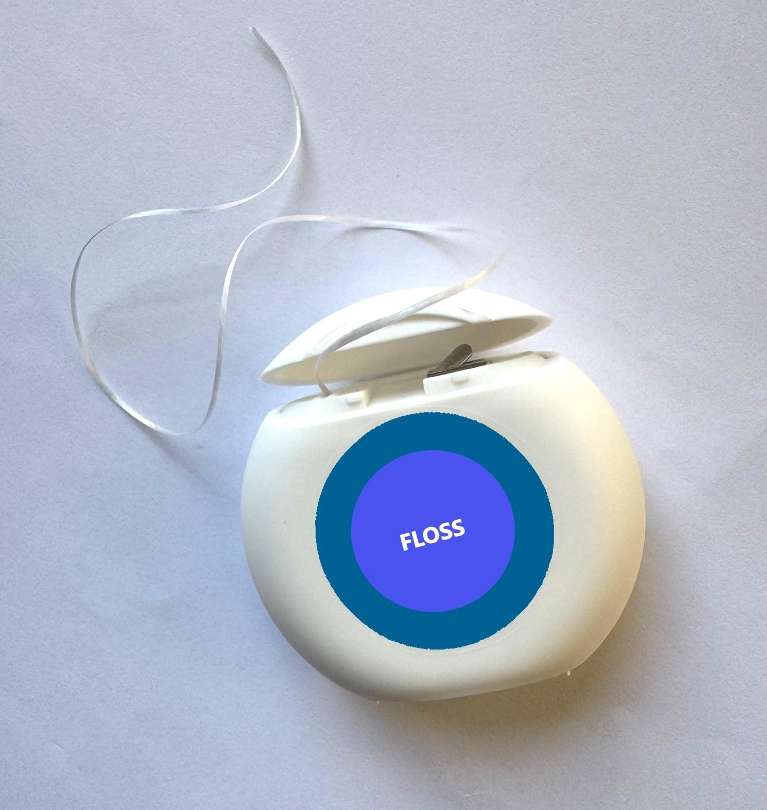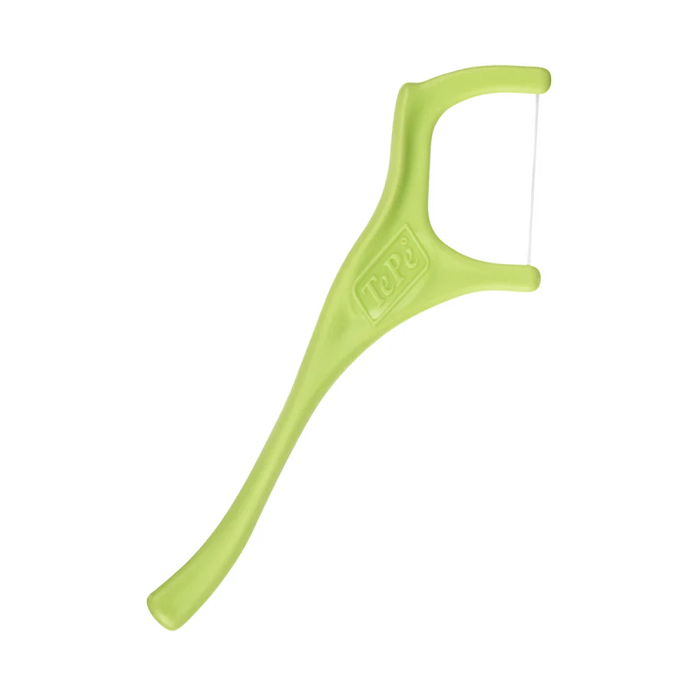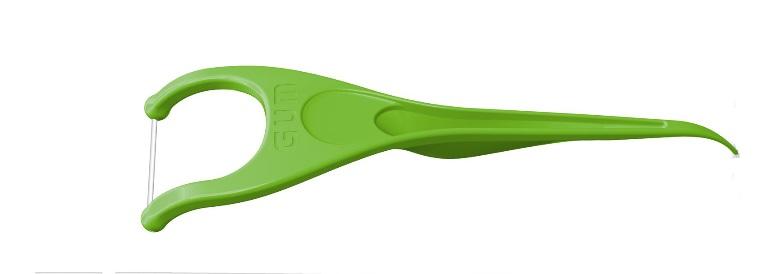
The answer is a definite YES.
Unfortunately, most people do not floss.
While toothbrushing is a habit usually taught since a young age, flossing is not.
Why floss? Toothbrushing, if done properly, will remove the sticky film of bacteria (plaque) from the teeth surfaces. However, the brush bristles do not reach the surfaces between the teeth. Plaque left between teeth contributes to bad breath, gum disease and formation of decay. Teeth are positioned tight against one another in the mouth and floss inserted between the teeth is quite effective at removing the plaque in these areas. However, the right flossing technique must be used.
The floss must be inserted gently between the teeth and pushed down under the gum margin. The floss is then tightened against the tooth surface on one side and pulled out, scraping off the plaque. The same action is then repeated for the other side.
Watch a live demonstration of how floss is effective at removing plaque (stained purple)
I find using the string floss difficult?
Different types of flossing implements are available on the market. A good one consists of a piece of floss strung on a plastic handle and are called angled flossers. These can make flossing much easier for those who struggle. The pictures below show examples of flossers which can make flossing easier.


Are there alternatives to floss?
Interdental brushes can also be used to clean between teeth. These come in various sizes and are colour-coded.
For patients who have a full set of teeth with no open spaces between them, only the smallest brush might fit between the teeth. However, for patients with large gaps from missing teeth or from gum disease, the larger brushes are more useful.
The size of the brush used is important. One must use the biggest brush that will fit in the gap between the teeth. Using one that’s too small will not adequately remove plaque. It is best to see your dentist to help you choose which size interdental brushes to use.
Interdental brushes can also be useful in areas where floss cannot be inserted between the teeth such as when a metal wire has been placed to hold teeth together after orthodontic treatment (braces)

How about using a water flosser (e.g. waterpik)
The water jet flossers use a pressurised jet of water, which when directed in between the teeth, is meant to remove the plaque build up.
The water pressure, however, is not strong enough to remove the invisible sticky biofilm completely from surfaces. A water flosser can be used to remove gross, loose food debris from between teeth but will not clean off all the plaque. It is recommended that the water flosser is used as a adjunct to flossing or using an interdental brush.
When should you floss?
It is recommended to floss once a day, every day. We usually advise patients to floss before bedtime as there is less rush than in the morning and to floss before brushing. If you brush first, chances are that you won't be bothered to do the flossing after.
So, give flossing a go! It will vastly improve your gum health, help prevent decay between your teeth and prevent bad breath.
For more advice about how to maintain your oral health, contact us at the Melbourne Smile Clinic in Northcote on 90784471 or book online for an appointment

Located in Melbourne Inner North, The Melbourne Smile Clinic is your dentist for Northcote, Thornbury, Fairfield, Westgarth, Clifton Hill, Preston and surrounding suburbs.
For more information or for an appointment, contact us on 9078 4471 or send us a message here
